
How API Scraping Can Boost Your Dynamic Pricing Strategy for eCommerce
Simran Sarin
In the fiercely competitive world of eCommerce, staying ahead of the curve is essential for business success. One strategy that has gained prominence is dynamic pricing. This comprehensive guide will delve into how API scraping can revolutionise your dynamic pricing strategy and give you the edge in the eCommerce landscape.
Explanation of API Scraping
To kick things off, let's demystify the term 'API scraping.' API scraping is the process of extracting valuable data from web-based APIs (Application Programming Interfaces). These interfaces serve as a bridge between different software applications, allowing them to communicate and share information. API scraping involves programmatically retrieving data from these sources, which can be immensely beneficial for your eCommerce business.
Comprehending Dynamic Pricing
Dynamic pricing is a sophisticated pricing strategy employed by businesses, especially in the e-commerce sector, to adjust the prices of products or services in real time based on various factors, maximising revenue and staying competitive in the market. To truly grasp dynamic pricing, let's delve into its fundamental components
What is dynamic pricing, exactly?
At its core, dynamic pricing is the practice of continuously and automatically adjusting the prices of products or services based on factors such as demand, competition, supply, and market conditions. Unlike static pricing, where prices remain constant for extended periods, dynamic pricing allows businesses to adapt to changing circumstances swiftly.
Imagine a scenario where an online retailer sells a popular electronic gadget. During a sales promotion or a surge in demand (like Black Friday), the retailer may increase the price of the gadget to capitalise on high demand. Conversely, during periods of low demand, such as off-peak hours or when a newer model is released, the retailer might lower the price to stimulate sales.
The advantages of dynamic pricing
Dynamic pricing offers several compelling advantages for businesses
- Maximising Profit: By adjusting prices based on demand and other factors, businesses can charge more when demand is high and reduce prices during periods of low demand, leading to increased overall profitability.
- Competitive Edge: Dynamic pricing allows businesses to respond swiftly to changes in the competitive landscape. When competitors change their prices, dynamic pricing algorithms can automatically adjust prices to maintain competitiveness.
- Optimised Inventory Management: Businesses can use dynamic pricing to manage their inventory effectively. For instance, if a product is overstocked, prices can be lowered to stimulate sales and clear inventory.
- Improved Customer Retention: Offering competitive prices and personalised discounts through dynamic pricing can enhance customer satisfaction and loyalty.
- Real-time Adaptation: With dynamic pricing, businesses can adapt to real-time market conditions, including fluctuations in supply and demand, changes in consumer behaviour, and even weather conditions.
C. Problems Associated with Implementing Dynamic Pricing
While dynamic pricing offers significant benefits, it also comes with its share of challenges and potential drawbacks:
- Complexity: Implementing dynamic pricing systems can be complex and require advanced algorithms and data analysis. This complexity can be a barrier for smaller businesses with limited resources.
- Data Requirements: Effective dynamic pricing relies heavily on accurate and up-to-date data. Businesses need access to a wide range of data sources, including competitor pricing, historical sales data, and market trends.
- Price Perception: Frequent price changes can lead to customer confusion and dissatisfaction, especially if not managed properly. Customers may perceive dynamic pricing as unfair or manipulative.
- Competitive Response: When competitors also employ dynamic pricing, it can lead to a price war, eroding profit margins for all players in the market.
- Ethical Considerations: There are ethical considerations related to dynamic pricing, especially when it involves price discrimination based on factors like location or personal data.
- Regulatory Compliance: Some industries and regions have regulations or guidelines governing pricing practices. Adhering to these regulations while implementing dynamic pricing can be challenging.
The Function of Information in Dynamic Pricing
A. Importance of Precise Data
At the core of dynamic pricing is the need for accurate and up-to-date data. We'll emphasise why precise data is the foundation of successful dynamic pricing strategies.
B. Varieties of Data Employed in Dynamic Pricing
We'll take a closer look at the different types of data used in dynamic pricing, including historical sales information, competitor pricing, and market demand data. Understanding the role of each data type is crucial for effective pricing decisions.
API Scraping: An Effective Data Source
A. What does API Scraping entail?
Now, let's delve into the heart of our discussion: API scraping. We'll provide a detailed explanation of what API scraping involves, including data extraction methods and best practices.
B. Advantages of Using Data APIs
Discover why data APIs are invaluable for eCommerce businesses. We'll discuss real-time data updates, data reliability, and the ease of integrating data from APIs.
C. Popular APIs for eCommerce
We'll highlight some of the most popular APIs for eCommerce, including Amazon's API, eBay's API, and Shopify's API. Understanding these APIs can open up a world of opportunities for your pricing strategy.
API Scraping Advantages in Dynamic Pricing
A. Data Updates in Real-Time
Explore the transformative power of real-time data updates. Discover how this feature can help your business stay responsive and agile in a rapidly changing market.
B. Enhanced Competitor Analysis
You can gain deeper insights into your competitors' pricing strategies with API scraping. Learn how this advantage can be leveraged to outperform your rivals.
C. Increased Pricing Precision
Precision is paramount in dynamic pricing. We'll explain how API scraping contributes to more accurate and precise pricing decisions.
Best Practices for Scraping API
A. Quality Assurance of Data
Learn about the importance of data quality assurance and strategies to ensure the reliability of the data you scrape.
B. Rate of Data Refreshment
Discover the optimal frequency for refreshing your data to keep pace with market fluctuations and ensure your pricing remains competitive.
C. Scaling Your Data Collection Infrastructure
As your business grows, so do your data needs. We'll guide scaling your data infrastructure efficiently to accommodate growth.
Surmounting Obstacles in API Scraping
A. Administration of CAPTCHA and Anti-Scraping Measures
Navigate common obstacles such as CAPTCHAs and anti-scraping measures. We'll discuss strategies to handle these challenges effectively.
B. Managing Rate Limiting
Learn how to manage rate limiting to avoid disruptions in data collection, ensuring a seamless scraping process.
C. Change Monitoring for API Structures
Adapting to changes in API structures is crucial. We'll explore methods for monitoring and adjusting to these changes to maintain data collection efficiency.
Data Processing and Evaluation
A. Cleaning and Structuring Scraped Data
Once data is collected, it needs to be processed and structured effectively. We'll provide best practices for this crucial step, including data cleaning and transformation.
B. Identifying Potential Pricing Opportunities
Discover how to analyse your scraped data to identify pricing opportunities and trends that can be leveraged for maximum profit.
Strategic Implementation of Dynamic Pricing
A. Cost-Effective Algorithms
Explore advanced algorithms designed to optimise pricing strategies for cost-effectiveness. We'll delve into algorithmic approaches that can enhance your pricing precision.
B. Establishing Pricing Rules
Learn how to set clear pricing rules that align with your business goals and ensure consistency across your product catalogue.
C. Testing Alternative Pricing Strategies
Experimentation is key to dynamic pricing success. We'll discuss the importance of A/B testing and exploring alternative pricing strategies to find what works best for your business.
Concluding
In this extensive exploration of dynamic pricing and API scraping, we've aimed to equip you with in-depth knowledge and actionable insights. Dynamic pricing is no longer a luxury; it's a necessity in the eCommerce world. By harnessing the power of API scraping and the strategies outlined in this guide, you can position your business for success, responding to market dynamics with precision and agility. If you're ready to take your dynamic pricing strategy to the next level, Triyock BPO is here to help you navigate this exciting journey. Get in touch with us today, and let's work together to unlock your eCommerce business's full potential.
Frequently Asked Questions
- 1. How is API scraping different from web scraping?
API scraping involves structured data extraction through an Application Programming Interface (API), while web scraping extracts data directly from HTML web pages.
- 2. What are some typical obstacles to dynamic pricing?
Common obstacles include data quality, competitive response, customer perception, ethical considerations, and regulatory compliance.
- 3. What programming languages are typically employed for API scraping?
Python, JavaScript, Ruby, and Java are commonly used programming languages for API scraping.
- 4. How can I assure the accuracy and reliability of scraped data?
Ensure data source reliability, implement data validation, error handling, data cleansing, and periodic validation against the source.
- 5. Can API scraping provide value to modest eCommerce businesses?
Yes, API scraping offers competitive intelligence, real-time updates, efficiency, pricing optimization, and customer insights for modest e-commerce businesses.
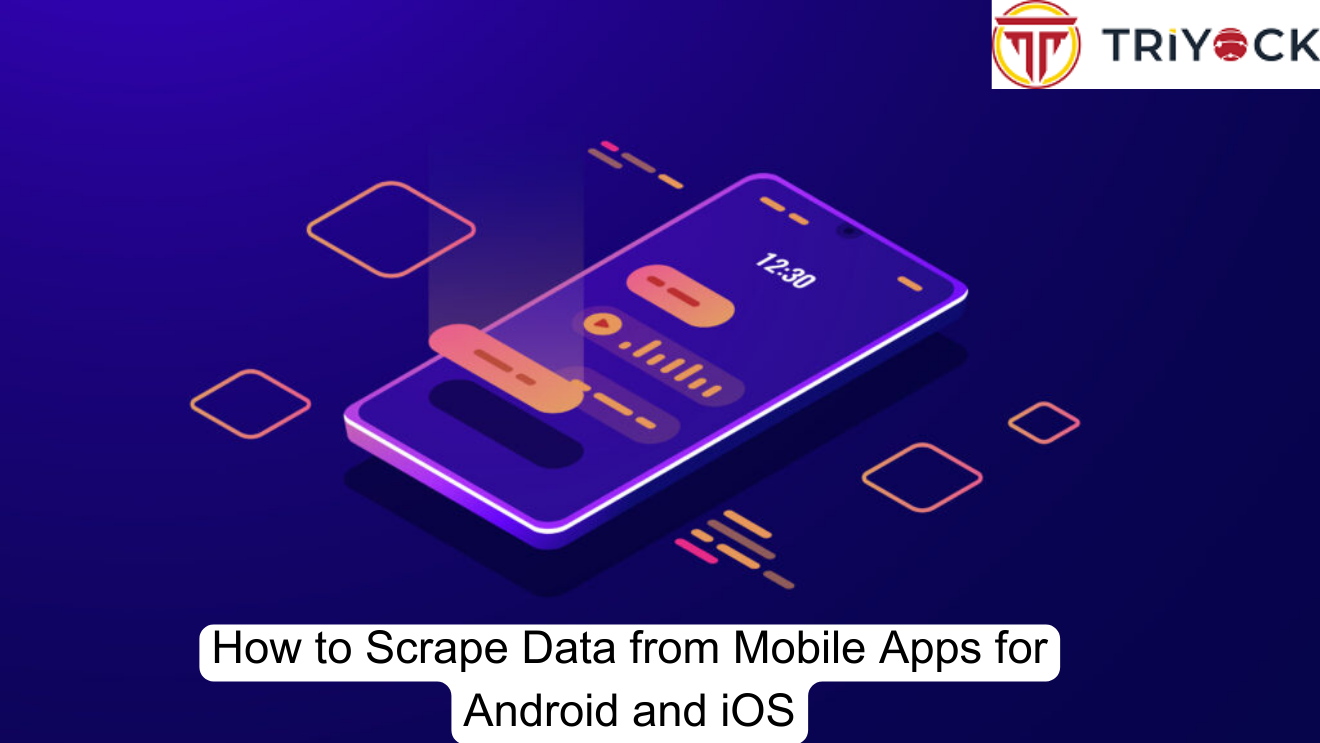
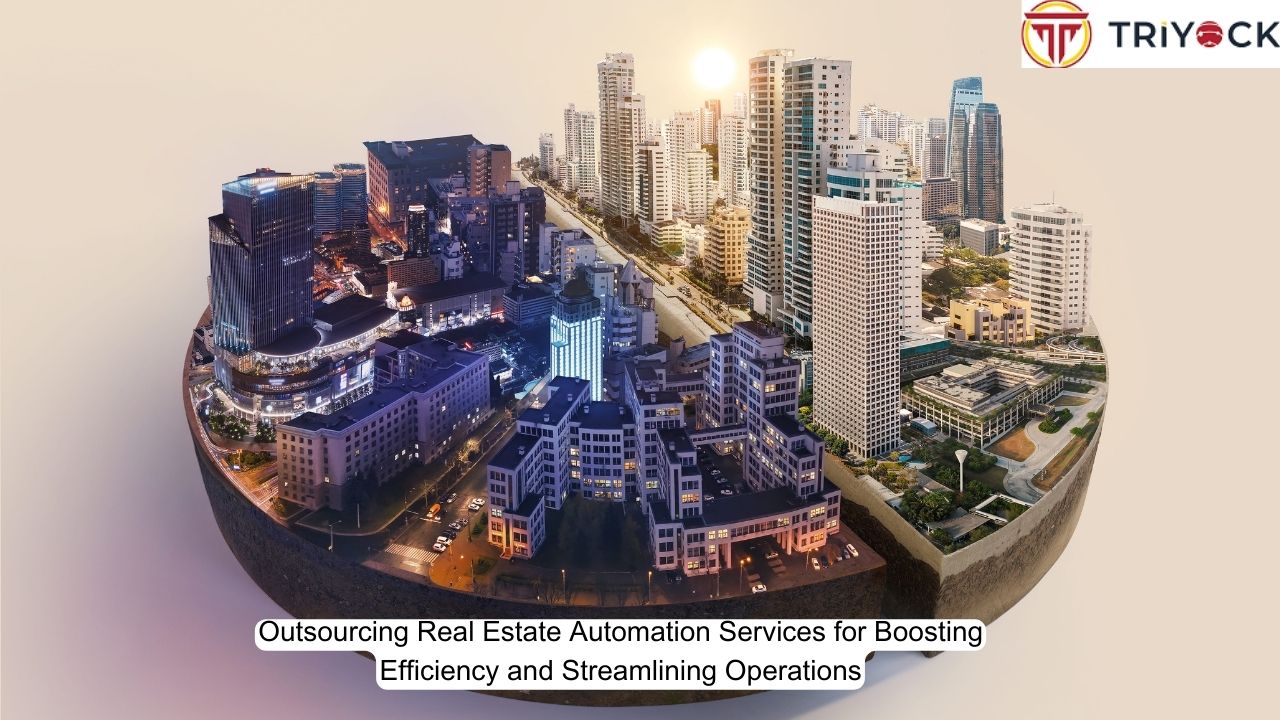

 Let’s get started
Let’s get started

 info@triyock.com
info@triyock.com